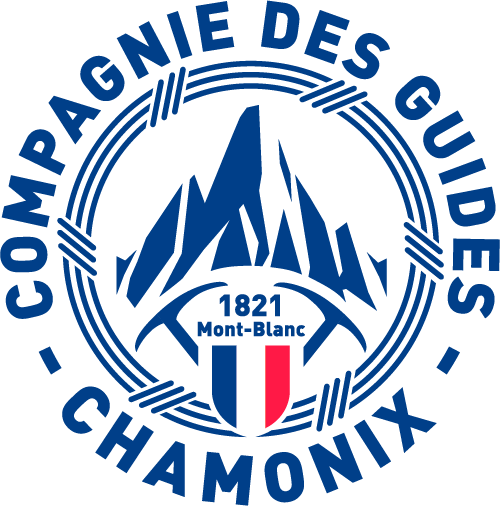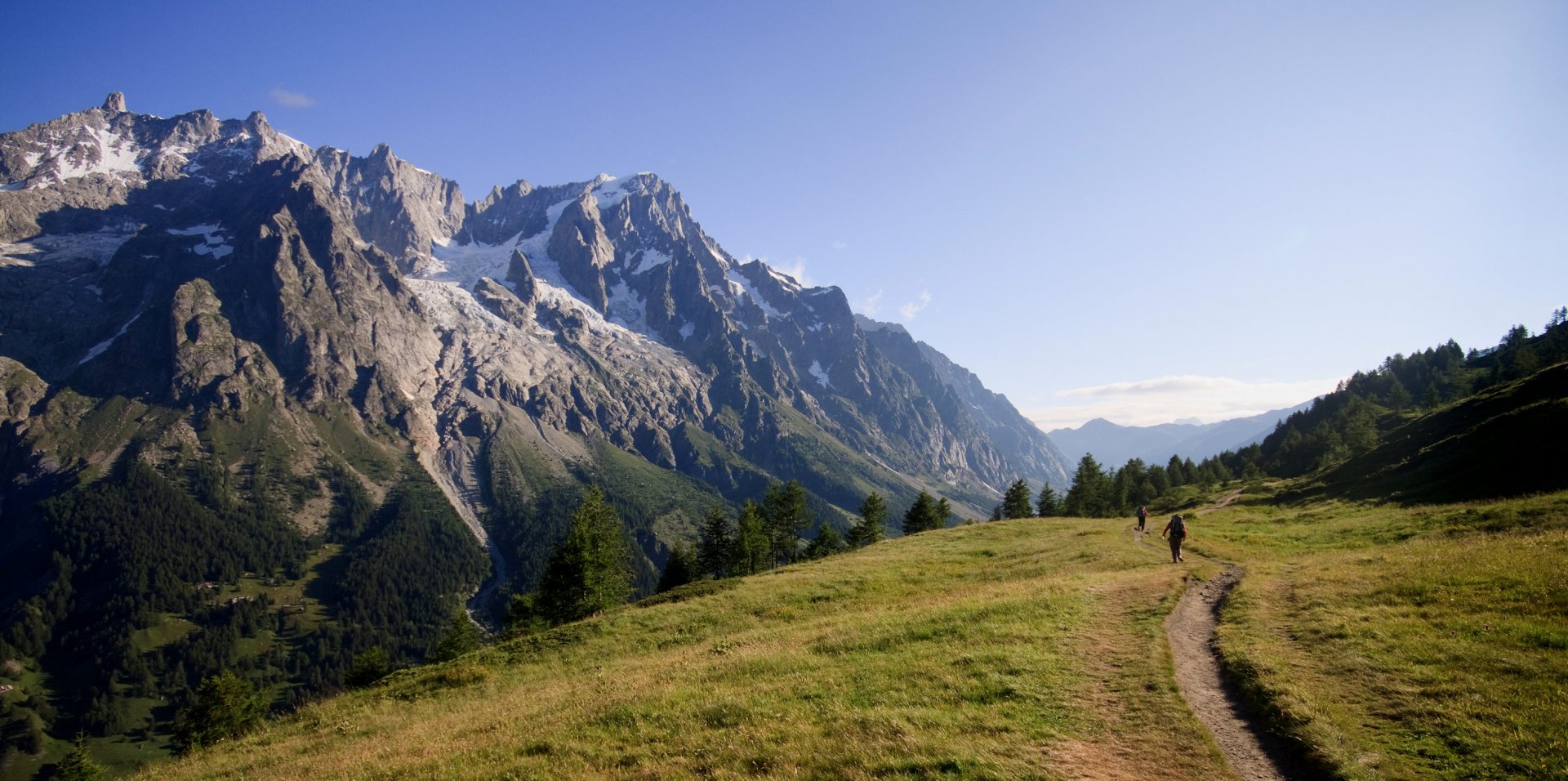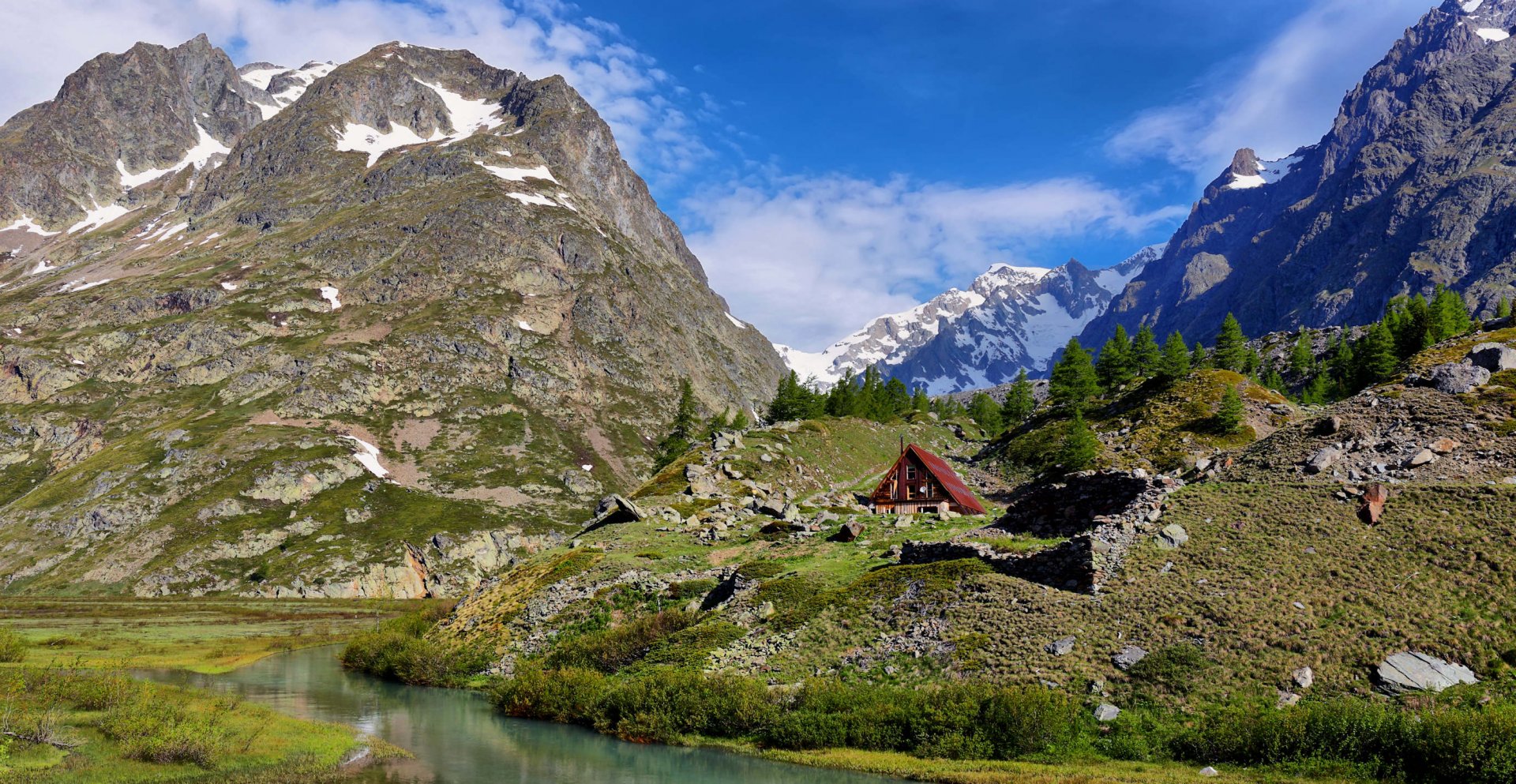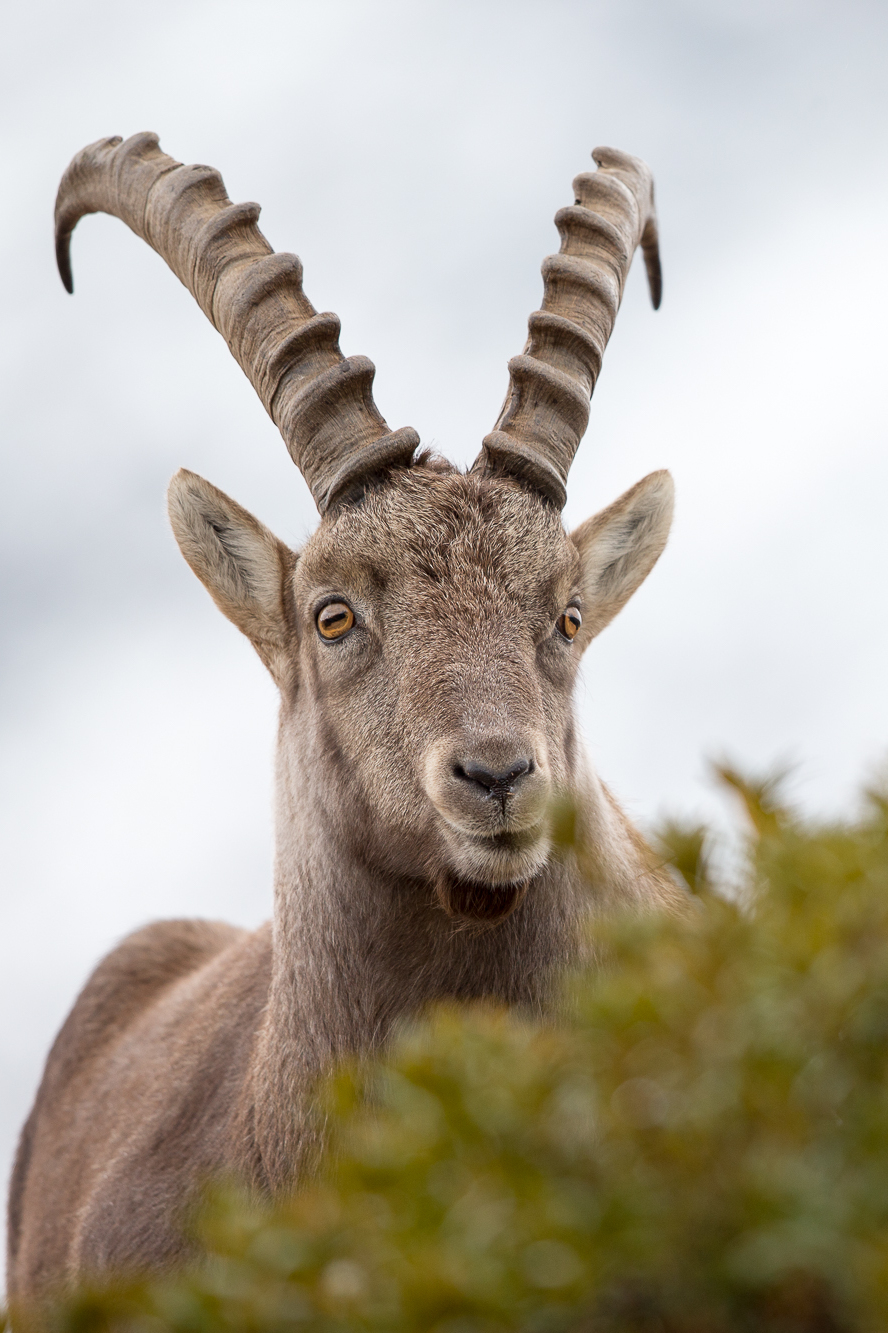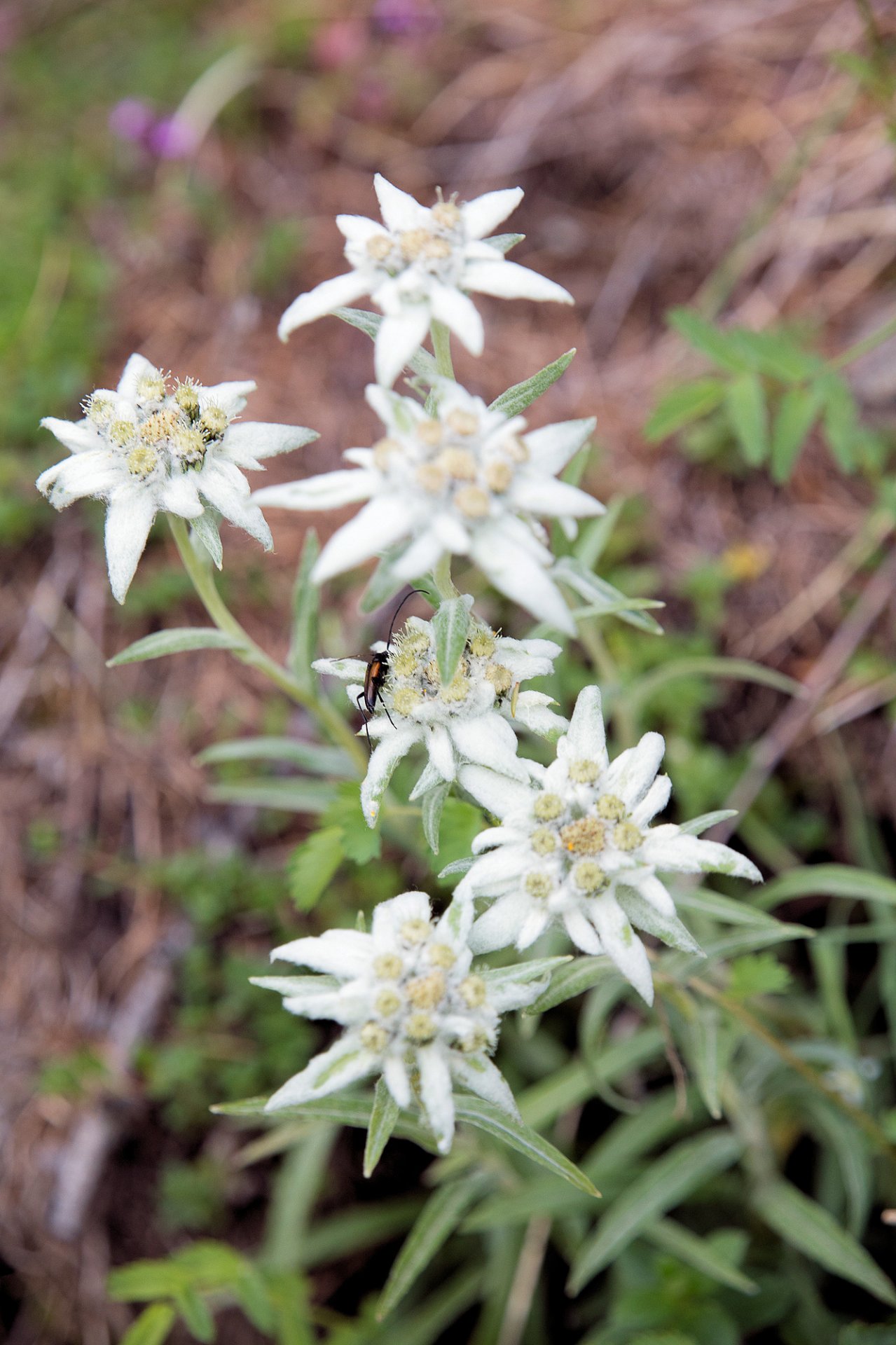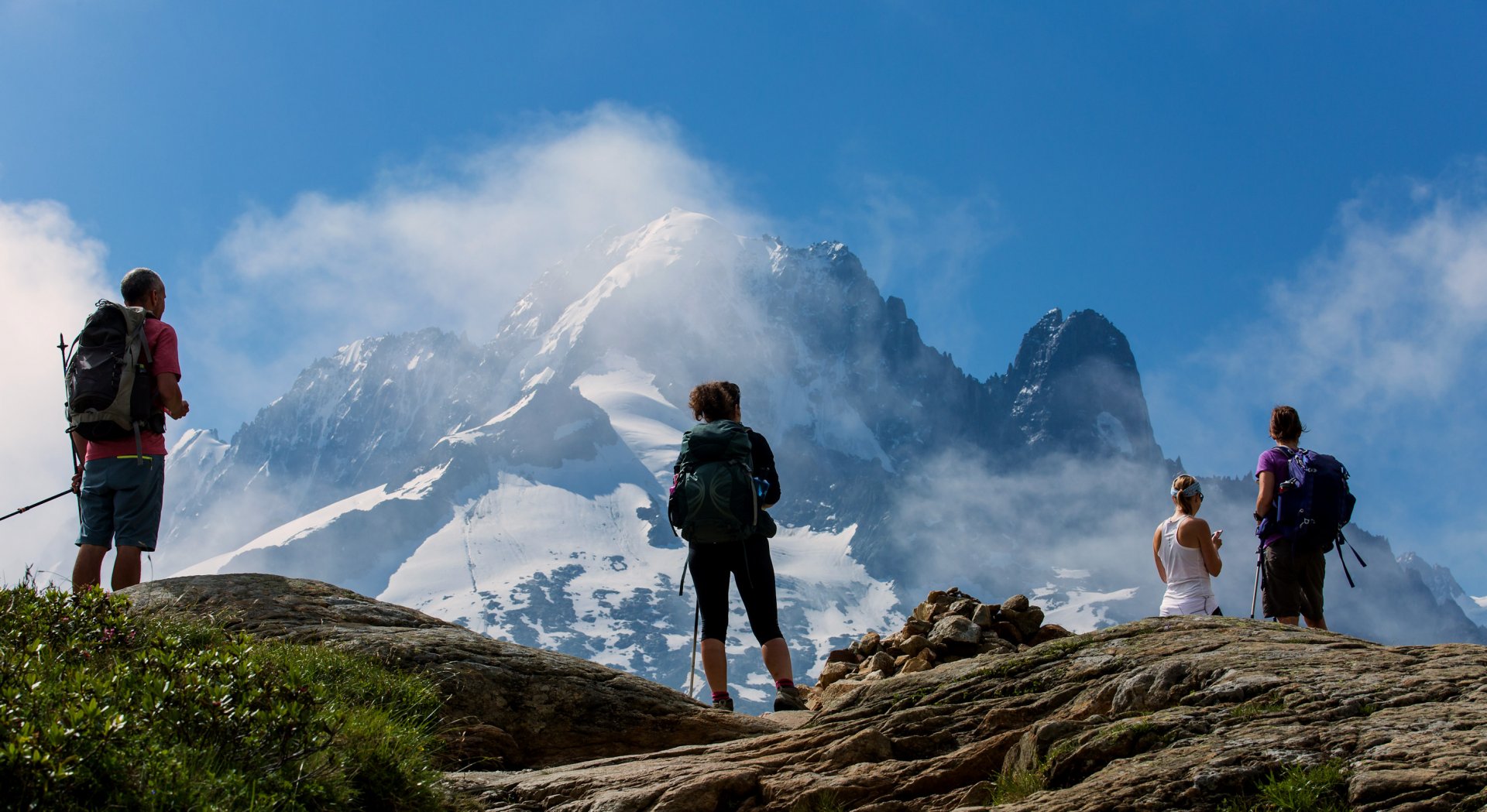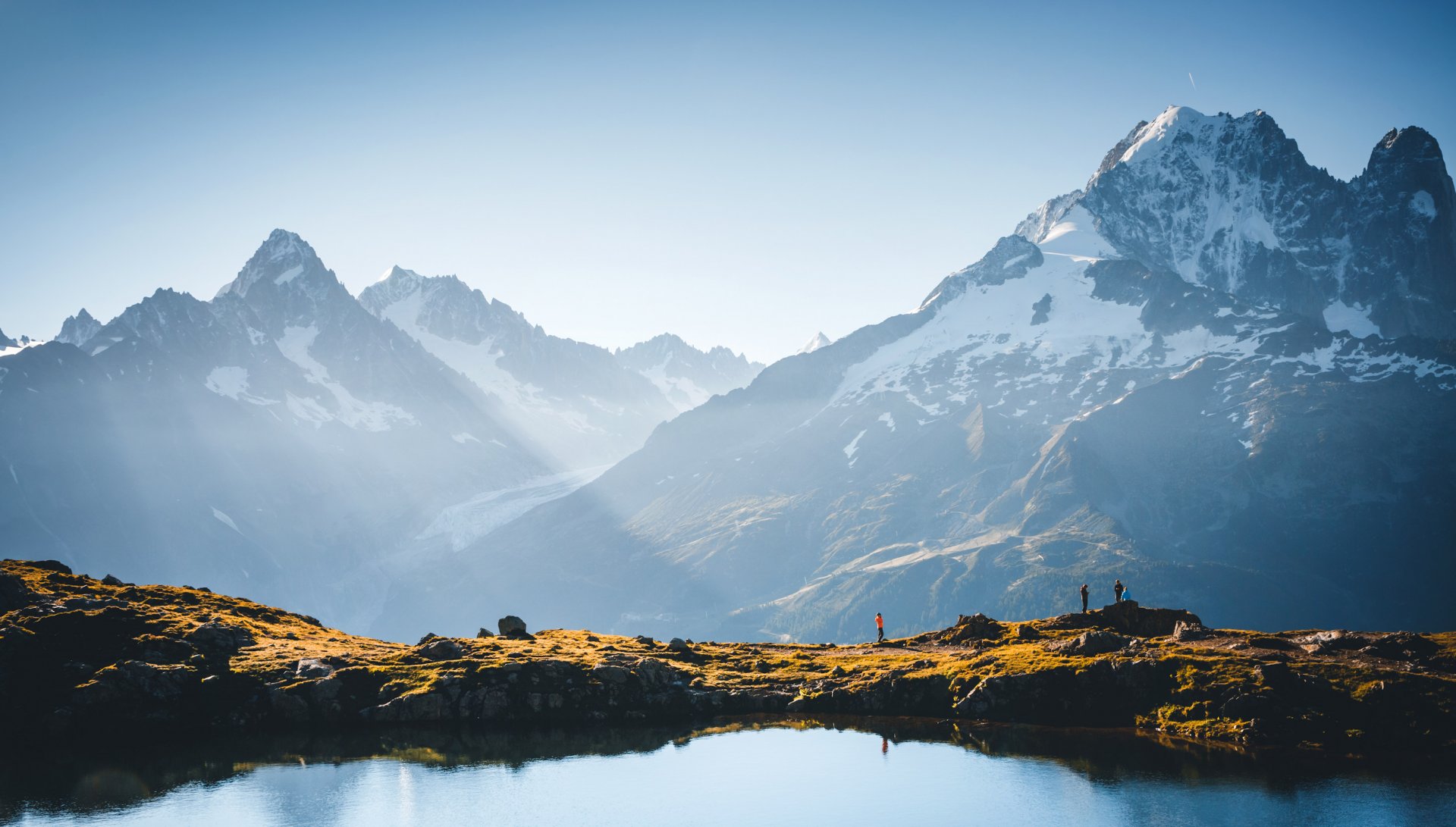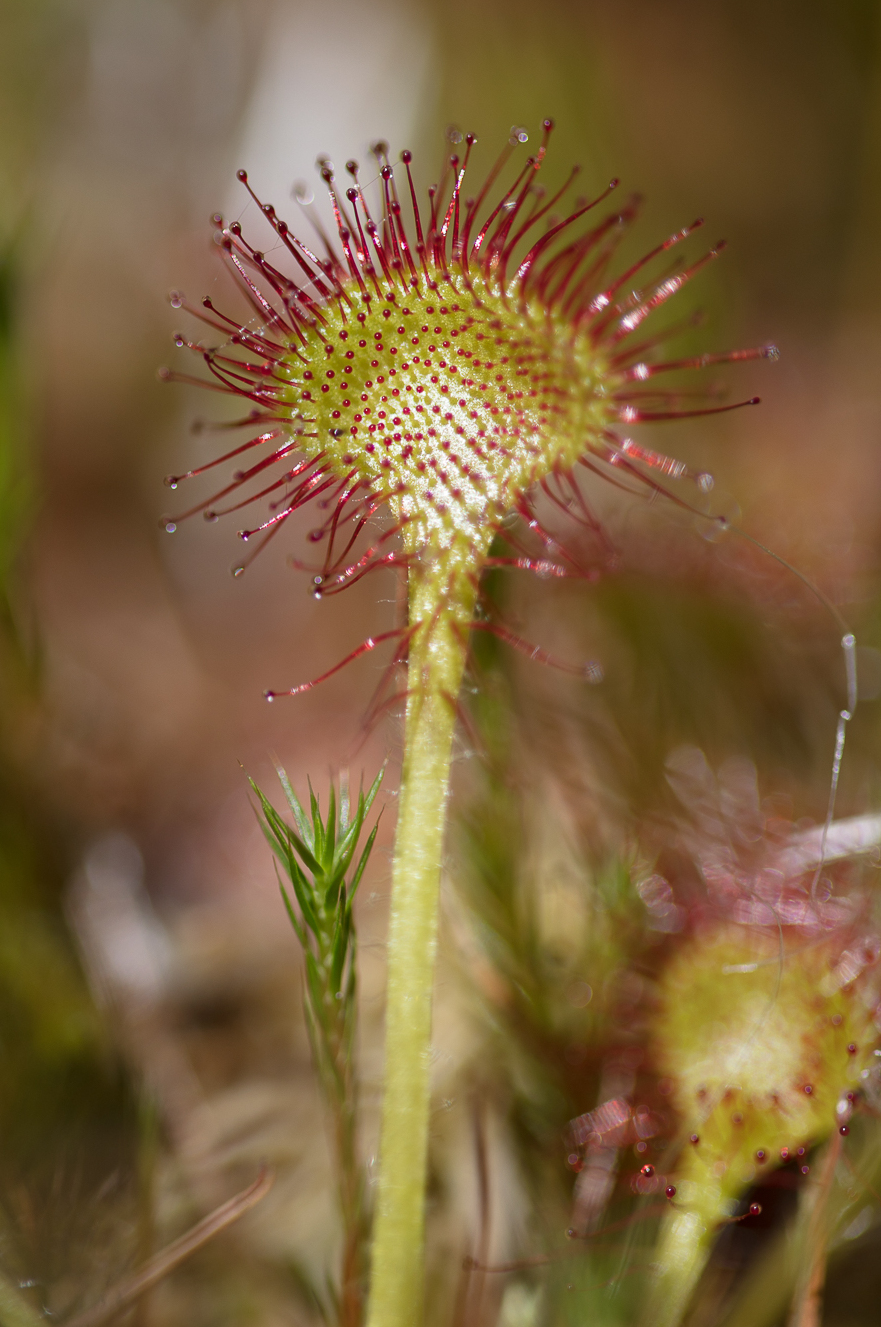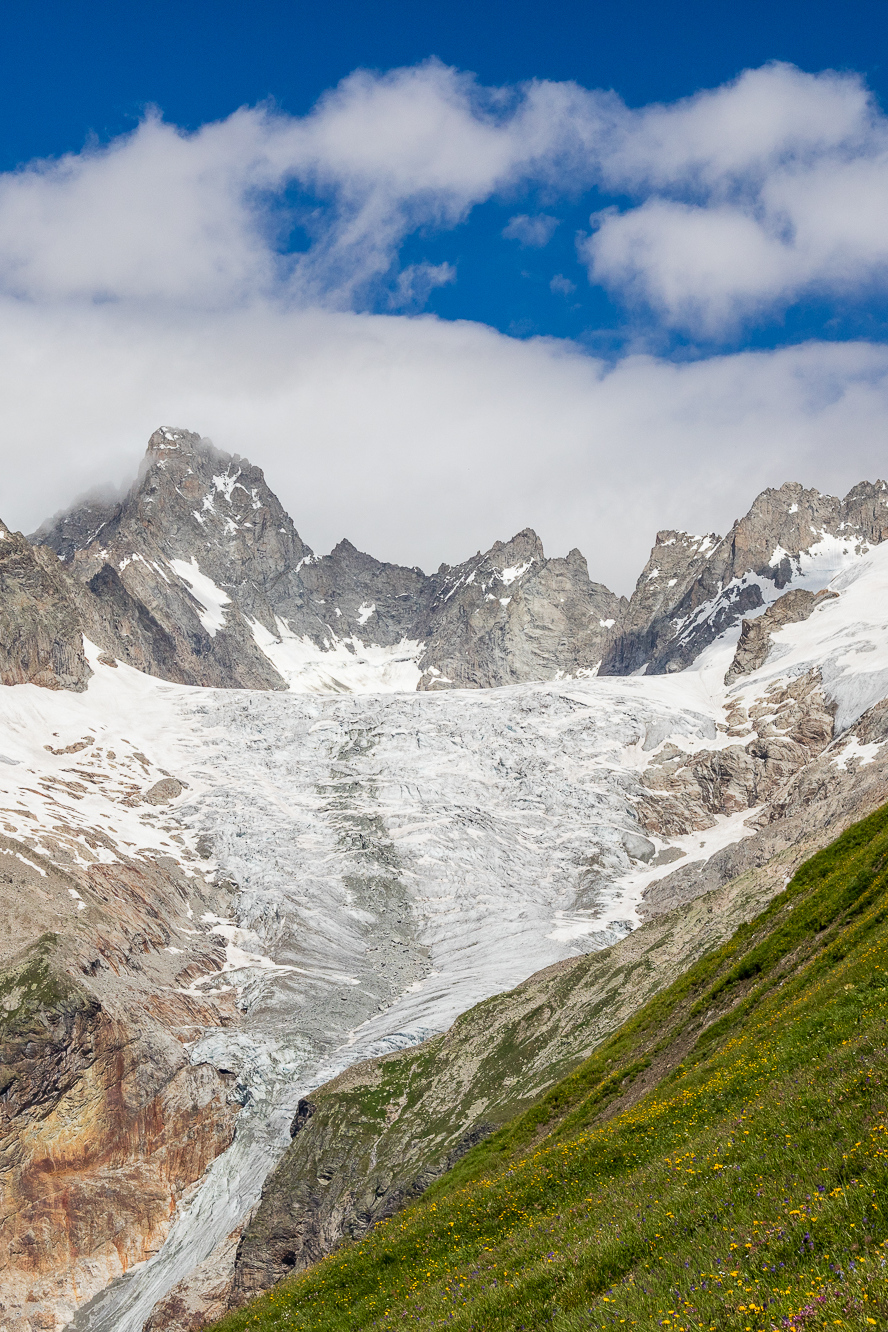Follow us
Contact us
Hiking Complete Tour du Mont Blanc in 10 days





Physical Level 1: For individuals who engage in occasional physical activity, positive elevation gain up to 250m or distance up to 5km.
Physical Level 2: For individuals who engage in regular physical activity, positive elevation gain up to 500m or distance up to 10km.
Physical Level 3: For individuals who engage in regular endurance activities, positive elevation gain up to 1000m or distance up to 20km or multi-day routes without carrying personal belongings.
Physical Level 4: For individuals who engage in regular endurance activities, positive elevation gain up to 1400m or distance up to 25km or multi-day routes with carrying personal belongings.
Physical Level 5: For individuals who engage in intensive endurance activities, positive elevation gain exceeding 1400m or distance exceeding 25km.





Technical Level 1: For walkers, capable of navigating wide mountain trails suitable for vehicles.
Technical Level 2: For occasional hikers, capable of navigating non-technical mountain trails.
Technical Level 3: For regular hikers, capable of navigating slightly uneven mountain trails with roots or rocks.
Technical Level 4: For experienced hikers, capable of navigating rugged mountain trails with boulders, large steps, or exposed sections.
Technical Level 5: For seasoned hikers, capable of navigating off-trail routes or mountain trails with equipped sections, such as cables or ladders.





Level 1. The comfort of your stay is minimalist. You sleep in a tent and carry your personal belongings throughout the stay.
Level 2. The comfort of your stay is limited. You mostly sleep in refuges or hostels, in dormitories, and carry your personal belongings throughout the stay.
Level 3. The comfort of your stay is intermediate. You mostly sleep in refuges, hostels, or hotels, in dormitories. Assistance is provided for the transport of your personal belongings, when possible.
Level 4. The comfort of your stay is high. You mostly sleep in hotels, in rooms. Assistance is provided for the transport of your personal belongings, when possible.
Level 5. The comfort of your stay is very high. You mostly sleep in 3- or 4-star hotels in rooms. Assistance is provided for the transport of your personal belongings, when possible.
We have crafted a 10-day Complete Tour du Mont Blanc, offering you the opportunity to immerse yourself even more in the unique atmosphere of the region. It's the perfect chance to maximize this exceptional journey. Starting from the Chamonix Valley, you'll traverse the breathtaking landscapes of Beaufortain, Aosta Valley, and the renowned Italian and Swiss Val Ferret. Don't miss out on the grandiose panoramas of glaciers, high-altitude lakes, mountain pastures, and waterfalls.
This complete Tour du Mont-Blanc, owing to its length, is considered quite challenging, as it brings you back to the starting point on foot. Suitable for those who engage in regular sports activities and possess prior hiking experience. Luggage transport is arranged for the majority of the hike, allowing you to concentrate on the essentials in your backpack and fully relish your trek. Accommodations include stays in small local hotels or mountain huts with sleeping arrangements in small rooms and dormitories. Transfers and luggage handling are efficiently managed by taxi companies, and daily picnics are prepared by the accommodations.
If you desire to experience this tour but don't have the availability for a 10-day booking, we provide the option to split the journey into two parts with our North and South Complete Tour du Mont Blanc, providing flexibility for your schedule.
The collective formula associates several people who do not necessarily know each other. It allows for a planned program to benefit from an attractive price on fixed dates. This formula is ideal for people looking for the friendliness of a group.
Dates : See below for the group booking module
Price 2026 : 1990 € per person - based on a minimum of 7 participants
This price includes :
- the organization and supervision by a state qualified trekking guide,
- half-board accommodation (dinner, breakfast and night) in mountain huts and basic hotels (4-bed room & dormitory)
- picnic lunches
- lift passes
- transfers throughout the hike
- transportation of one piece of luggage throughout the trek : soft bag, no hard suitcase. Max 15 kg, in case of excess weight, your luggage will not be transported by our provider
Not included in the price :
- drinks and personal expenditure (souvenirs…)
- repatriation insurance (compulsory). Cancellation Insurence highly reccommended
A private booking is the historical relationship that binds a mountain leader to their clients. It allows you to be alone or in your own group with your guide who will meet your specific needs. Undoubtedly, it is the ideal formula that guarantees you maximum comfort. Accommodation and itinerary can be tailored, and you are free to choose your departure date depending on accommodation availability.
Prices 2026 :
1 person : 10725€ per person
2 people : 6085€ per person
3 people : 4535€ per person
4 people : 3760€ per person
5 people : 3295€ per person
6 people : 2990€ per person
7 people : 2765€ per person
8 people : 2600€ per person
9 people : 2470€ per person
10 people : 2370€ per person
11 people : 2285€ per person
12 people : 2215€ per person
The price includes :
- the organization and supervision by a state qualified trekking guide,
- half-board accommodation (dinner, breakfast and night) in mountain huts and basic hotels (4-bed room & dormitory)
- picnic lunches
- lift passes
- transfers throughout the hike
- transportation of one piece of luggage throughout the trek : soft bag, no hard suitcase. Max 15 kg, in case of excess weight, your luggage will not be transported by our provider
Not included in the price :
- drinks and personal expenditure (souvenirs…)
- repatriation insurance (compulsory). Cancellation Insurence highly reccommended
In this section, find all the information about this activity. To prepare your trip effectively, refer to the guides’ tips. They share their expertise and recommendations, ensuring you have a great experience
Meeting point : Meet at 8.30 am at the Compagnie des Guides office, 190 Place de l’Eglise, 74400 Chamonix.
Ability level : 4/5 - The Tour du Mont-Blanc Complete hiking trip is a strenuous trek due to its length. It involves a minimum vertical gain of 700m (2350ft) and a maximum of 1300m (4265ft), with approximately 5 to 7 hours of hiking daily. The route follows generally well-maintained mountain trails, sometimes including off-trail sections. This multiday hike is ideal for individuals with trekking experience. Good physical conditioning and previous multiday hiking experience on mountain trails are required.
Itinerary: The guide may need to adjust the itinerary based on weather conditions and/or the physical and/or technical abilities of the group
Guiding policy : minimum 7 and maximum 12 people per guide. The Compagnie des Guides de Chamonix's guiding policy guarantees the most balanced groups as possible as well as high-quality personalised advice. Registration possible from 16 years of age. Registration is not permitted to anyone under the age of 18 without a legal guardian.
Accomodation :
- During the trip : 9 nights half board in refuges or small hotels either in a mixed dormitory or quadruple rooms. No luggage transfer on days 4 & 6 : no car access to the accomodations
- Before & after the trip : benefit from preferential prices from our partner hotels in Chamonix. If you wish to receive information just ask the Randonnée department.
Documentation :
- Participants must have sports insurance with repatriation cover. We strongly recommend that this also includes cancellation cover. You can take out insurance offering both of these types of cover when you sign up.
- Participants must also take valid ID with them.
Preparing for the trip : An information meeting with your guide is scheduled the day before departure at 6pm at the Compagie des Guides office. We highly recommend your participation, as this meeting provides an opportunity to fine-tune your preparation.
Documents available for download
Weight is a hiker's adversary, so it is crucial to carefully select your equipment as it plays a key role in ensuring the success of your trip
Your gear
- A 30L backpack
- A compact and sturdy travel bag, maximum 15 kg
- A pair of top quality hiking boots
- A pair of telescopic poles
- A hat or cap
- A warm hat
- Category 3 sunglasses
- Breathable long and short-sleeved T-shirts
- A polar fleece
- A warm down jacket
- A Gore-Tex waterproof jacket
- A rain poncho
- Hiking trousers
- A Gore-Tex waterproof trouser
- shorts
- A pair of gloves
- Hiking-appropriate socks
- A minimum 2L water bottle
- A pocketknife and a spork
- A flashlight or headlamp
- Sunscreen and lip balm
- A sleeping bag liner
- Toiletry kit, towel, earplugs, and toilet paper
- Minimal personal pharmacy: blister pads like Compeed, medications for common ailments such as diarrhea, constipation, sore throat, headaches, pain, allergies
ID, money for personal expenses
- Spare shoes
- Flip flops for the hut with no luggage access
- Spare clothes as per your preference
Our Rental Partners : You can rent your equipment with our rental shops partners and benefit from special price Millet (excluding crampons, ice axes and helmet), Sanglard Sports, Ravanel & Co & Concept Pro Shop
Our Equipment Partners : Millet, Dynastar, Julbo, Grivel & Monnet
Itinerary
Chamonix Valley
Our journey begins at the top of the Plan-Praz cable car (6,561ft). We head towards Brévent, where Mont-Blanc reveals itself in all its majesty. We reach it via the Brévent Pass (8,281ft) before descending towards the Bellachat refuge and the Merlet Animal Park. A short transfer takes us back to the valley, and we spend the night in Les Houches.
Elevation gain: 2,000 feet - loss: 4,000 feet - Distance : 5.6 miles
Val Montjoie
We take a cable car ride up to Bellevue (5,906ft). The view offers a panorama of the Mont-Blanc massif, the Aiguilles Rouges, the Fiz, and the Aravis. After crossing the famous suspended bridge over the Bionnassay torrent, we descend to the village of Les Contamines in the Val Montjoie, where we will spend the night.
Elevation gain: 2,100 feet - loss: 4,250 feet - Distance : 7.5 miles
Beaufortain
Starting from Les Contamines, we follow the Roman road towards the Col du Bonhomme (7,641ft). We leave Val Montjoie behind and head towards Beaufortain, at the southern end of the Mont-Blanc Massif. The descent through the alpine pastures takes us to the isolated Glaciers Valley and the hamlet of Les Chapieux. We stay overnight at an inn.
Elevation gain: 4,250 feet - loss: 3,000 feet - Distance : 10 miles
Val Veny
We cross the Italian border via the Col de la Seigne (8,280ft) and enter Val Veny. From here, we have the choice of various routes to reach the refuge at the foot of the Glacier de la Lée Blanche. No access to luggage.
Elevation gain: 2,600 feet - loss: 1,300 feet - Distance : 5.6 miles
Aosta Valley
We start the day with a descent to Lake Combal. The ascent to the alpine pastures of Arp Vieille provides access to a splendid balcony trail facing the most famous peaks in mountaineering history: Noire de Peuterey, Dent du Géant, Grandes Jorasses, and more. We descend to Courmayeur, a picturesque medieval village with narrow streets, typical of Valdostan architecture. Overnight stay in Courmayeur.
Elevation gain: 2,000 feet - loss: 4,250 feet - Distance : 9.3 miles
Italian Val Ferret
We depart from the hamlet of Villair Superior to the Bertone refuge, from where we move onto an impressive balcony offering exceptional views of the most beautiful peaks of the Mont-Blanc Massif. We will sleep at the Bonatti refuge, in the heart of the Italian Val Ferret. No access to luggage.
Elevation gain: 3,600 feet - loss: 1150 feet - Distance : 7.5 miles
Swiss Val Ferret
Starting from Arnuva, the trail takes us to the Grand Col Ferret (8,170ft), marking the border between Italy and Switzerland. We are greeted by relaxing alpine meadows, overlooked by distant snow-capped peaks like Dolent or A Neuve and their glaciers. We descend into the Swiss Val Ferret, reaching La Fouly, where we will spend the night.
Elevation gain: 3,000 feet - loss: 4,250 feet - Distance : 11.8 miles
Trient Valley
The day begins with a transfer to the village of Champex-Lac. As we hike towards the Bovine alpine pasture, we can admire the Rhône Valley with its vineyards, the high mountains of the Bernese Oberland, and the dizzying peaks of the Combins Massif. We descend to the Col de la Forclaz, a key passage between the Rhône Valley and the Trient Valley. Overnight in Trient.
Elevation gain: 2,600 feet - loss: 3,000 feet - Distance : 10 miles
Trélechamps
Our trail leads us to the Col des Posettes (6,550ft), a famous border between Switzerland and France. From the pass, the view of Mont-Blanc and the Aiguilles Rouges is breathtaking. This fantastic scenery accompanies us to the classified hamlet of Trélechamps, where we will spend the night.
Elevation gain: 3,000 feet - loss: 3,000 feet - Distance : 8 miles
Chamonix Valley
From Trélechamps, we ascend via the Grand Balcon Sud trail to the Chéserys Lakes, where the Mont-Blanc massif is reflected, creating a magical spot for a final picnic. We pass by La Flégère and descend to the village of Les Praz. Return to Chamonix in the afternoon.
Elevation gain: 3,300 feet - loss: 1,600 feet - Distance : 6.2 miles
Booking
Book your activity
Calculate your carbon footprint
Discover the carbon emissions of this activity and add your trip to the meeting point.
CO2 emitted per person for the activity: 155 kg. Learn out more about the footprint calculation of this activity
CO2 emitted per person for the activity: 155 kg. Learn out more about the footprint calculation of this activity
CO2 emitted per person for this activity & journey(s) = 0 kgIn order to limit global warming to +2°C by 2100, the COP-21 agreement stipulates that each human should emit no more than 2t of CO2 per year. According to the French Ministry of Ecology, today European citizens emit an average of 11t per year, and American citizens emit an average of 21t annually., or 15.5€The price for a ton of CO2 is currently 100€ in the European Union to offset.
Find out more about our zero impact strategy.
